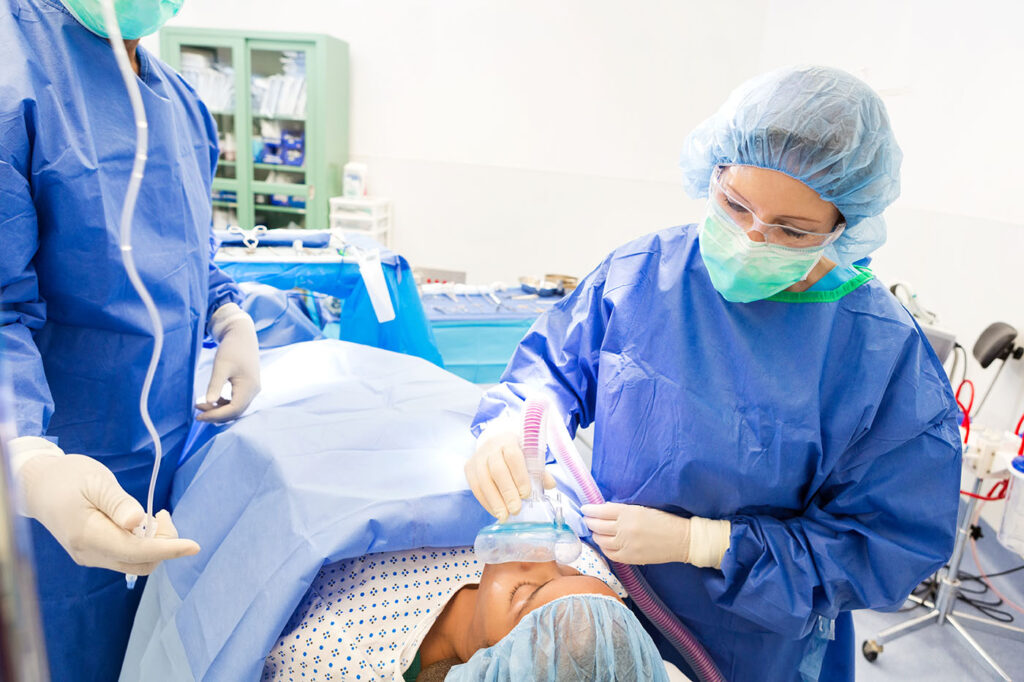Minimal Invasive Surgeries In Children

Minimally Invasive Surgeries
What is Minimally Invasive Surgery?
Doctors utilize a number of procedures in minimally invasive surgery to operate with less damage to the body than open surgery. Dr. Jitendra Hazare is the most experienced Minimally Invasive Paediatric Surgeon. Minimally invasive surgery is linked to reduced discomfort, a shorter stay in the hospital, and fewer problems.
One of the first kinds of minimally invasive surgery was laparoscopy, which involves surgery through one or more small incisions and the use of small tubes, tiny cameras, and surgical equipment. Robotic surgery is another sort of minimally invasive surgery. It gives the surgeon an enlarged, three-dimensional image of the surgical site, allowing him or her to work with more accuracy, flexibility, and control.
The objective of minimally invasive surgery is to execute procedures using incisions that are a quarter of the size of typical surgical incisions, resulting in similar or better clinical outcomes and less damage to a child’s body and organs.
What are the Advantages of Minimally Invasive Surgery for Children?
There are several advantages to a less invasive technique. These are some of them:
- There is less discomfort.
- Hospitalization time is reduced.
- Recovery time is reduced.
- Infection and bleeding are less likely.
- Scars that are smaller
While these advantages apply to both adults and children who have minimally invasive surgery, children have additional advantages. Because children’s bodies are still developing and their bodies are tiny, minimally invasive techniques offer a safer surgical experience while also safeguarding their future growth. Minimally invasive surgery has a significant advantage:
- Postoperative problems such as intestinal blockage are less likely with Lee.
- Scoliosis and shoulder weakness is less likely to occur as a result of the reduced risk of spine and back issues.
- Types
- Preparation
- What Happens
- Expectations
- During Recovery
What are the different types of Minimally Invasive Procedures?
- Laparoscopy: Abdominal procedures are referred to as laparoscopy.
- Thoracoscopy: Procedures that are carried out on the chest
- Fetoscopy is a term used to describe procedures conducted on an unborn foetus in the womb (uterus)
How can I encourage my child in preparing for Minimally Invasive Surgery?
Minimally invasive surgery preparation is similar to other surgical techniques. Please ensure that you:
- Make sure your child’s stomach is empty before undergoing anaesthesia by following the eating and drinking guidelines. The contents of their stomach can rise up and enter their lungs if it isn’t empty (a serious problem called aspiration).
- Before the surgery, talk to the anaesthesia staff about your child’s medications to see whether he or she can take them. It’s possible that your child will be able to swallow pills with a sip of water.
What happens during Minimally Invasive Surgery?
- Anesthesia is injected: Before the procedure, your child will be given a general anaesthetic. Anaesthesia puts your child to sleep so that they don’t experience any discomfort or remember anything about the surgery.
- Making a cut and inspecting the area: To reach the right portion of the body, your child’s surgeon creates a tiny incision (approximately 2 to 5 millimetres). A peppercorn is about the size of a 2-mm incision, whereas chickpea is around the size of a 5-mm incision. Surgical tools are inserted into particular ports by the surgeon (openings). They also put a camera with a light through the port to view what’s going on. The surgeon expands the region by injecting it with harmless carbon dioxide gas, which allows for a better look.
- Surgical procedures: Surgical instruments are used by your child’s surgeon to examine, remove, or repair the problem inside the body. The surgeon seals the port site with absorbable sutures (stitches) under the skin after the treatment. The time it takes to perform a minimally invasive surgery varies depending on the operation. The majority of operations take 30 minutes to 2 hours, with some more complicated procedures taking longer.
What can your child expect from Minimally Invasive Surgery?
Following minimally invasive surgery, your child may experience the following side effects:
- Vomiting and nausea: These symptoms might be caused by anaesthesia drugs or surgical motions in your child’s body. After surgery, we apply unique techniques to decrease nausea, vomiting, and pain.
- Shoulder ache: Your child’s shoulder soreness might last up to three days. The discomfort is caused by the carbon dioxide gas used during the treatment and will go away on its own.
The length of recovery varies on the operation your child underwent, but most children may resume most of their normal activities within 3 to 7 days. Two days following surgery, your child may wash, but they should not swim or bathe for at least one week.
How should I look after my child while he or she is recovering from minimally invasive surgery?
The care team for your child creates a thorough strategy to help them recover as quickly as possible.
- Pain control: Your child’s doctor will give you a home pain management strategy to follow. To relieve pain, your child may just require acetaminophen or ibuprofen. We may prescribe pain medication for a limited duration in specific instances.
- Eating and drinking: After being released from the hospital, your child may usually resume his or her regular diet.
- Activity: Your child should gradually resume activities. Keep your child at home if he or she is on prescription pain medication. Specific activity directions and constraints are required for many complicated processes. These instructions will be given to you by your child’s care team.
